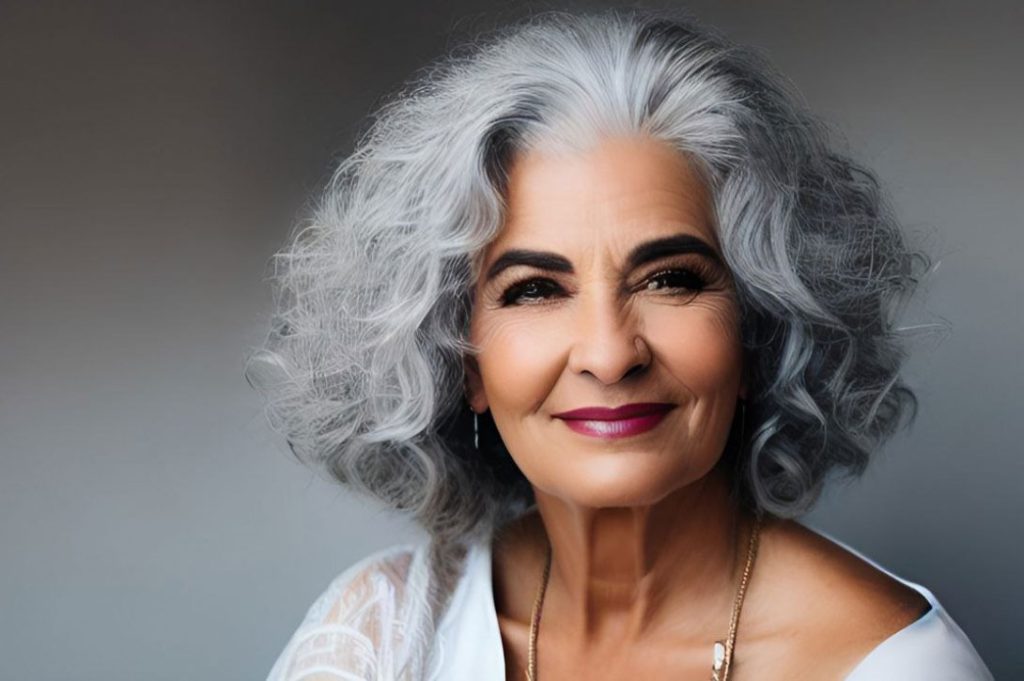Shampooing Clients with Disabilities: A Guide for Haircare Professionals
The importance of inclusivity in the beauty industry cannot be overstated. Haircare professionals must be equipped with the knowledge and skills necessary to provide accessible services to all clients, including those with disabilities. This comprehensive guide explores the considerations and best practices for shampooing clients with disabilities, ensuring a comfortable and dignified salon experience for everyone.

Understanding the Needs of Clients with Disabilities
Tailoring Services
Clients with disabilities may have specific needs and preferences when it comes to hair care. These needs could range from physical assistance to communication accommodations. Understanding and respecting these requirements is the cornerstone of providing a service that is not only professional but also compassionate and inclusive.
Physical Accommodations
Clients who use wheelchairs or other mobility aids may require special considerations for shampooing. This could involve adjusting salon equipment, such as shampoo bowls, to accommodate their seated position comfortably, or utilizing portable basins when necessary. Ensuring that the salon environment is accessible, including adequate space for maneuvering wheelchairs, is essential.
The Shampooing Process for Clients with Disabilities
Preparing the Environment
- Wheelchair Accessibility: Ensure that the shampoo area is accessible, with sufficient room for a wheelchair to move and turn.
- Adjustable Equipment: Use height-adjustable shampoo bowls or portable basins to meet the client’s level comfortably.
- Protective Measures: Provide towels or waterproof capes to protect the client’s face and clothing during the shampooing process.
Communication and Consent
- Direct Dialogue: If possible, discuss with the client their preferences and comfort levels. They are the best source of information on their needs.
- Caretaker Consultation: When servicing a client with a communication disability, consult with their caretaker for guidance on the most effective way to communicate and ensure a successful service.
- Consent: Always obtain consent before proceeding with any service, making sure the client understands each step of the process.
During the Shampoo
- Technique Adjustment: If the client remains seated in a wheelchair, modify your shampooing technique to accommodate their forward-facing position.
- Gentle Maneuvering: Be gentle when moving the client’s head and neck, and ensure they are comfortable at all times.
- Continuous Feedback: Check in with the client throughout the process to ensure their comfort and to make any necessary adjustments.
Best Practices for Servicing Clients with Disabilities
Staff Training
Ensure that all staff members are trained in disability awareness and know how to make appropriate accommodations. Training should also include sensitivity education to foster an environment of respect and understanding.
Salon Policy
Develop a salon policy that explicitly addresses the accommodation of clients with disabilities. This policy should outline the procedures for booking appointments, managing accessibility, and providing services.
Tools and Products
Keep a range of tools and products available to cater to various needs, such as non-slip mats, neck cushions, and shampoos for sensitive skin.
Continuous Improvement
Solicit feedback from clients with disabilities to learn how you can improve your services and facilities. Implementing changes based on this feedback demonstrates a commitment to accessibility and inclusivity.
Conclusion
Providing a welcoming and accommodating environment for clients with disabilities is a critical aspect of professional hair care. By understanding the specific needs of these clients and adjusting shampooing techniques and salon set-up accordingly, hairdressers can ensure that their services are accessible to everyone. Communication, sensitivity, and a willingness to adapt are key to creating an inclusive salon experience. As industry professionals, it’s our responsibility to lead by example and ensure that beauty and personal care are universally accessible, dignified, and respectful for all clients.






